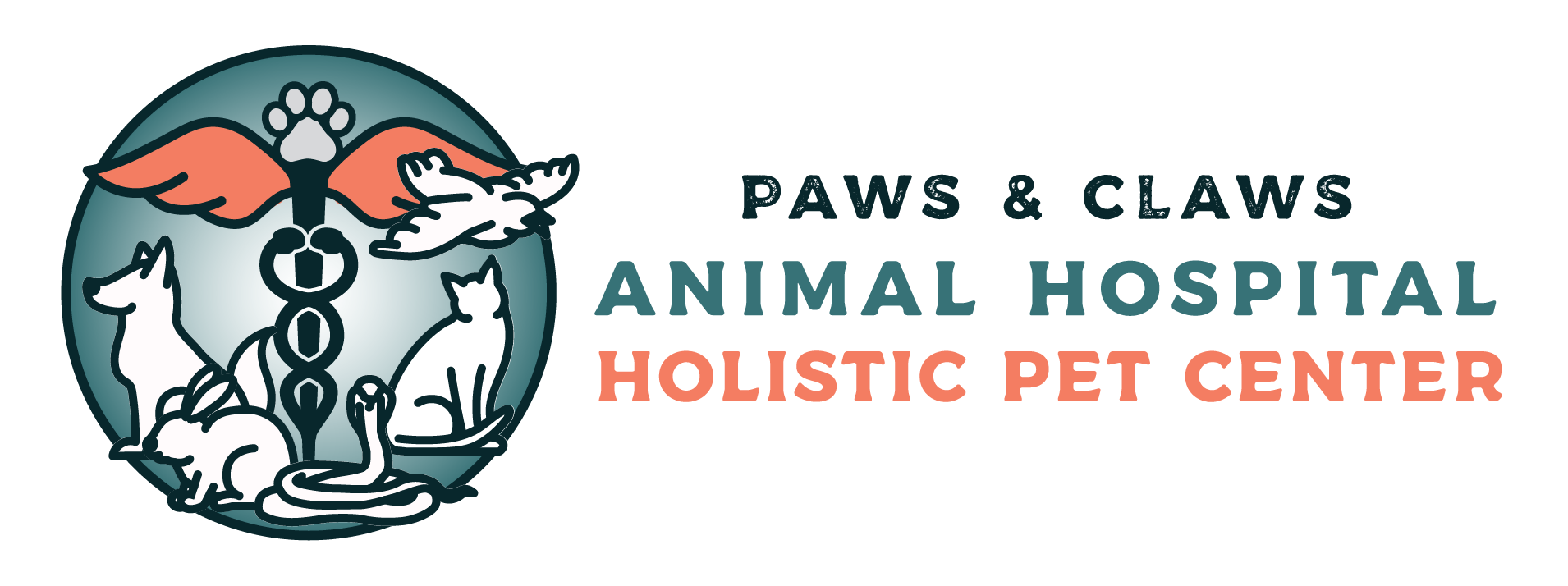Liver disease is the catch-all term applied to any medical disorder affecting the liver and usually causing elevated blood levels of liver enzymes. It can be divided into both acute (more common) and chronic liver disease (see sidebar). Clinical signs include lack of appetite, vomiting, diarrhea, increased thirst, increased urination, lethargy, jaundice, and in severe cases, seizures. Usually, veterinarians will diagnose liver disease based on blood and urine tests, abdominal radiographs (X-rays,) and abdominal ultrasound. However, a liver biopsy is needed to determine the cause of liver disease.
The Limitations of Conventional Therapy
Unfortunately, no treatment currently exists for liver disease in dogs and cats unless a specific toxin is identified. Supportive care includes intravenous fluids and force-feeding (force-feeding is the treatment of choice for cats with hepatic lipidosis), generally through a gastrostomy (stomach) tube for 2-3 months. Your veterinarian may suggest antibiotics and/or corticosteroids for infectious conditions such as feline cholangiohepatitis, but conventional medicine is limited for liver disease. As a result, turning to complementary therapy is the only good way to help animals with liver disease heal.
Dietary Therapy is the Foundation of Healing
As is true with many medical disorders, diet plays an important role in the treatment of an animal with liver disease. High quality and highly digestible carbohydrates will help supply energy while inferior types of carbohydrates that are undigested may, through the fermentation process and production of extra ammonia, contribute to liver toxicity in animals. Frequent feedings of high quality, simple carbohydrates such as white rice and potatoes are recommended. Dietary therapy should include vegetables too, which act as a source of complex carbohydrates and provide fiber. Fiber helps bind intestinal toxins and promotes bowel movements to remove these toxins (by-products of protein digestion and bacterial fermentation of undigested foods) from the body.
Proteins provided by the diet must be of high biological value to reduce the production of ammonia, a by-product of protein digestion. Most commercial foods contain proteins that are not of high biological value. (Many commercial foods may also contain excess vitamin A, copper, and bacterial endotoxins, all of which contribute to the clinical signs in pets with liver disease.) Unless your doctor recommends protein restriction (usually only needed by pets with encephalopathy, a condition producing neurological signs in pets with severe liver disease), you should feed normal amounts of protein since the liver requires protein to repair itself.
Studies show that dogs with liver disease fed diets containing meat-based proteins have shorter survival times and more severe clinical signs than dogs with liver disease fed milk-based or soy-based protein diets. Cats require higher protein diets than dogs. While it may be more beneficial to cats to also feed them diets based on milk-based or soy-based proteins, most cats prefer meat-based diets. Cats fed milk-based or soy-based proteins must have supplemental taurine (100-200 mg/day) since milk has minimal taurine, and soy tofu has no taurine.
Often, force-feeding of pets with liver disease is needed, as many pets develop anorexia (refusal to eat.) For example, cats with hepatic lipidosis (fatty liver disease) often refuse to eat. Force-feeding these cats is essential to help heal the liver and correct the underlying problem.
The Benefits of Milk Thistle
The most well-known herb recommended for treating liver disease, milk thistle is one of the few herbs that have no real equivalent in the world of conventional medicine. The active ingredients in milk thistle appear to be four substances known collectively as silymarin, which has been shown effective in treating liver disease. Animal studies suggest that milk thistle extracts can protect against many other poisonous substances, from toluene to the drug acetaminophen. Milk thistle compounds are usually standardized to 70-80% silymarin.
Silymarin appears to function by displacing toxins trying to bind to the liver as well as by causing the liver to regenerate more quickly. It also acts as an antioxidant by scavenging free radicals (it is more potent than vitamin E), increasing glutathione levels, and by inhibiting the formation of damaging leukotrienes. Silymarin also stimulates the production of new liver cells, replacing the damaged cells. A new form of silymarin, in which the compound is bound to phosphatidylcholine, has been shown to have greater bioavailability than unbound silymarin.
Causes of Acute Liver Disease
Toxins such as acetaminophen (TylenolR,) RimadylR, ValiumR, tetracycline, and sulfa drugs; hepatic lipidosis (fatty liver disease, one of the more common liver diseases in cats;) trauma; heatstroke; and infections (canine infectious hepatitis, feline cholangiohepatitis.)
Causes of Chronic Liver Disease
Genetics, infections (canine infectious hepatitis, leptospirosis), toxins (anticonvulsants, RimadylR,) and idiopathic hepatitis, whose cause is unknown.
Due to its supportive nature, milk thistle is often used anytime the pet becomes ill or toxic. It can also be used anytime drugs that may be potentially toxic to the pet are administered, especially chemotherapy medicines for treating cancer, heartworm treatment medications, and long-term use of other medications (such as antibiotics and corticosteroids.) The standard dosage of milk thistle is 200 mg, two to three times a day. In people, the best results are seen at higher doses (140-200 mg three times daily of an extract standardized to contain 70% silymarin); the bound form is dosed at 100- 200 mg twice daily.
On the basis of its extensive use as a food, milk thistle is believed to be safe for pregnant or nursing women, and researchers have enrolled pregnant women in studies. However, safety in young children, pregnant or nursing women, and individuals with severe renal disease has not been formally established. Similar precautions in pets are probably warranted.
Other Supplements
While milk thistle is most commonly used for treating liver disease, other nutrients such as choline, carnitine, arginine, Boswellia, burdock, dandelion root, licorice, nettle, Oregon grape, red clover, turmeric, yellow dock, and maitake mushrooms may also be incorporated into the treatment regimen.
